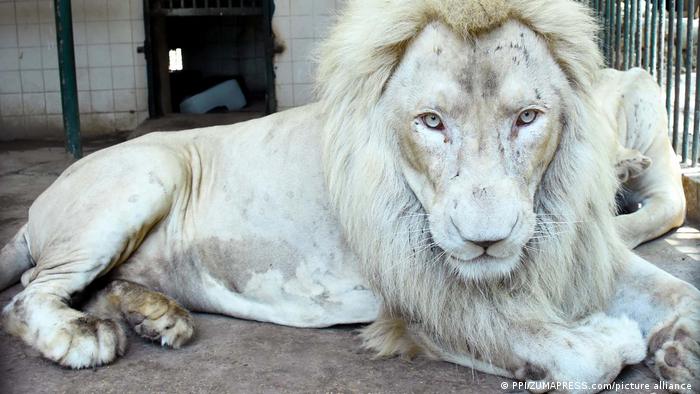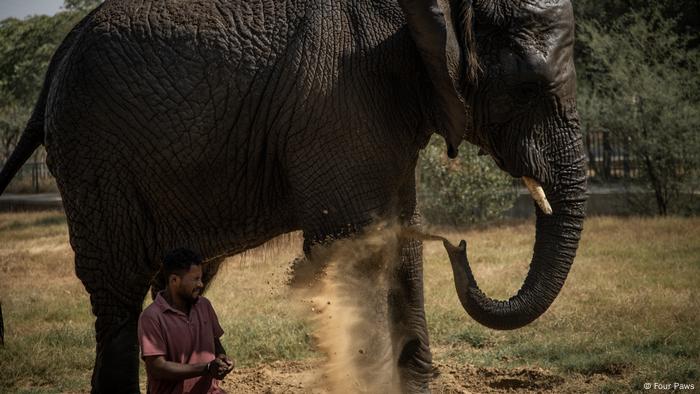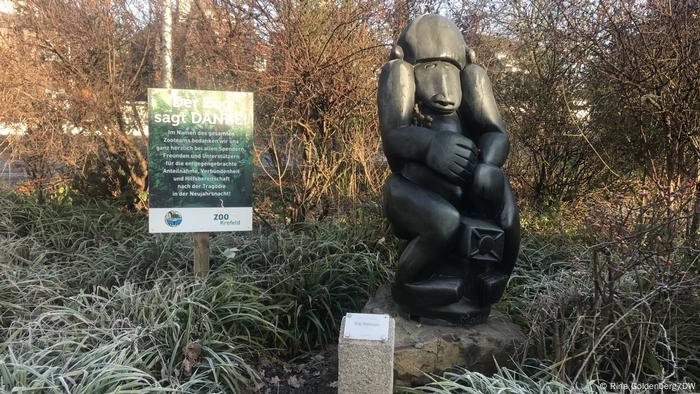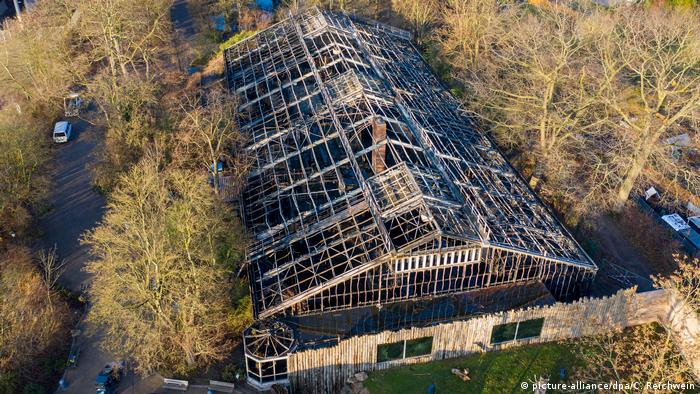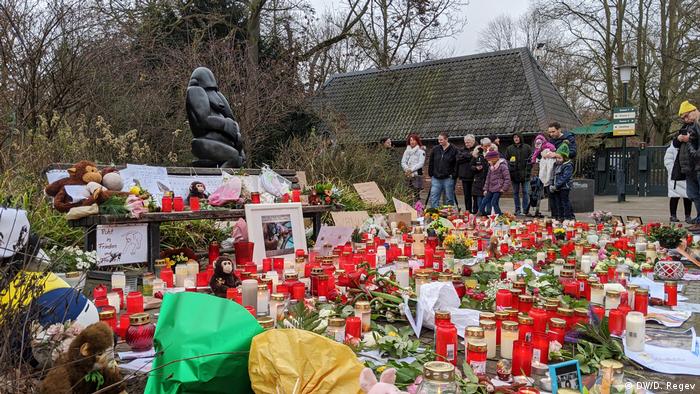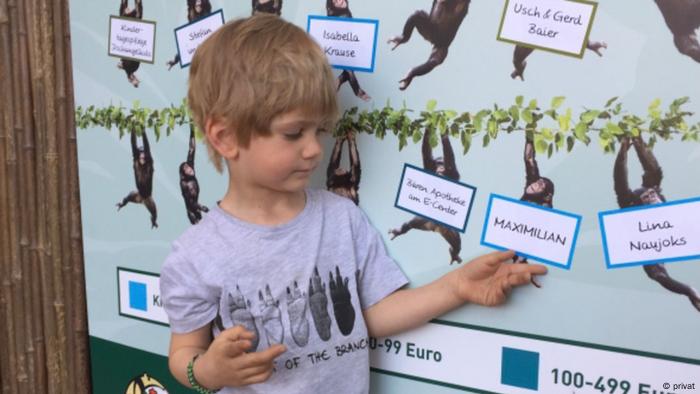In this photo provided by the Los Angeles Zoo, a California Condor chick is weighed at the Los Angeles Zoo on Friday, April 19, 2024. A record 17 California condor chicks hatched during this year’s breeding season for the endangered birds at the Los Angeles Zoo. Officials said Wednesday, July 24, that all the chicks will be candidates for release into the wild as part of the California Condor Recovery Program. (Jamie Pham/Los Angeles Zoo via AP)
Condor chick LA1123, hatched Sunday April, 30, waits for it’s feeding in a temperature controlled enclosure at the Los Angeles Zoo on Tuesday, May 2, 2023. A record 17 California condor chicks hatched during this year’s breeding season for the endangered birds at the Los Angeles Zoo. Officials said Wednesday, July 24, 2024, that all the chicks will be candidates for release into the wild as part of the California Condor Recovery Program. (AP Photo/Richard Vogel, File)
3 of 10 |
FILE - A California Condor takes to flight at the Los Angeles Zoo on Tuesday, May 2, 2023. A record 17 California condor chicks hatched during this year’s breeding season for the endangered birds at the Los Angeles Zoo. Officials said Wednesday, July 24, 2024, that all the chicks will be candidates for release into the wild as part of the California Condor Recovery Program. (AP Photo/Richard Vogel,File)
Debbie Sears, condor keeper feeds on Tuesday, May 2, Condor chick LA1123, at the Los Angeles Zoo facility that hatched Sunday April 30, 2023. A record 17 California condor chicks hatched during this year’s breeding season for the endangered birds at the Los Angeles Zoo. Officials said Wednesday, July 24, 2024, that all the chicks will be candidates for release into the wild as part of the California Condor Recovery Program. (AP Photo/Richard Vogel, File)
Visitors arrive at the Los Angeles Zoo, on Tuesday, Aug. 15, 2023. A record 17 California condor chicks hatched during this year’s breeding season for the endangered birds at the Los Angeles Zoo. Officials said Wednesday, July 24, 2024, that all the chicks will be candidates for release into the wild as part of the California Condor Recovery Program. (AP Photo/Richard Vogel, File)
In this photo provided by the Los Angeles Zoo, Animal Keeper Mike Clark checks the health by candling California Condor eggs at the Los Angeles Zoo on Friday, March 15, 2024. A record 17 California condor chicks hatched during this year’s breeding season for the endangered birds at the Los Angeles Zoo. Officials said Wednesday, July 24, 2024, that all the chicks will be candidates for release into the wild as part of the California Condor Recovery Program.
A California condor named Hope takes to flight at the Los Angeles Zoo, Tuesday, May 2, 2023. A record 17 California condor chicks hatched during this year’s breeding season for the endangered birds at the Los Angeles Zoo. Officials said Wednesday, July 24, 2024, that all the chicks will be candidates for release into the wild as part of the California Condor Recovery Program. (AP Photo/Richard Vogel, File)
A California Condor named Hope is seen at the Condor habitat at the Los Angeles Zoo on Tuesday, May 2, 2023. A record 17 California condor chicks hatched during this year’s breeding season for the endangered birds at the Los Angeles Zoo. Officials said Wednesday, July 24, 2024, that all the chicks will be candidates for release into the wild as part of the California Condor Recovery Program. (AP Photo/Richard Vogel, File)
In this photo provided by the Los Angeles Zoo, Animal Keeper Mike Clark checks on California Condor eggs at the Los Angeles Zoo on Friday, March 15, 2024. A record 17 California condor chicks hatched during this year’s breeding season for the endangered birds at the Los Angeles Zoo. Officials said Wednesday, July 24, 2024, that all the chicks will be candidates for release into the wild as part of the California Condor Recovery Program. (Jamie Pham/Los Angeles Zoo via AP)
Sergio Henriques, Invertebrates Conservation Coordinator at the Global Center for Species Survival at the Indianapolis Zoo, uses a net to look for fireflies on a swampy trail at the Beanblossom Bottoms Nature Preserve in Ellettsville, Ind., Friday, June 28, 2024. (AP Photo/Carolyn Kaster)
July 24, 2024
LOS ANGELES (AP) — A record 17 California condor chicks hatched at the Los Angeles Zoo during this year’s breeding season for the endangered birds, officials announced Wednesday.
All the chicks will be candidates for release into the wild as part of the California Condor Recovery Program, the LA Zoo said in a statement.
The 17th and final bird of the season hatched in June and is thriving, zookeepers said. The previous record was set in 1997, when 15 California condor chicks hatched at the zoo.
“Our condor team has raised the bar once again in the collaborative effort to save America’s largest flying bird from extinction,” Rose Legato, the zoo’s Curator of Birds, said in the statement.
Legato said the recent record is a result of new breeding and rearing techniques developed at the zoo that put two or three chicks together to be raised by a single adult condor acting as a surrogate parent.
“The result is more condor chicks in the program and ultimately more condors in the wild,” Legato said.
The California Condor Recovery Program is administered by the U.S. Fish and Wildlife Service. Its mission is to propagate the iconic bird that decades ago was on the brink of extinction from habitat loss and lead poisoning.
As of December 2023, there were about 560 California condors in the world, of which more than 340 were living in the wild, the zoo said.
It’s the largest land bird in North America, with wings spanning up to 9.5 feet (2.9 meters).




